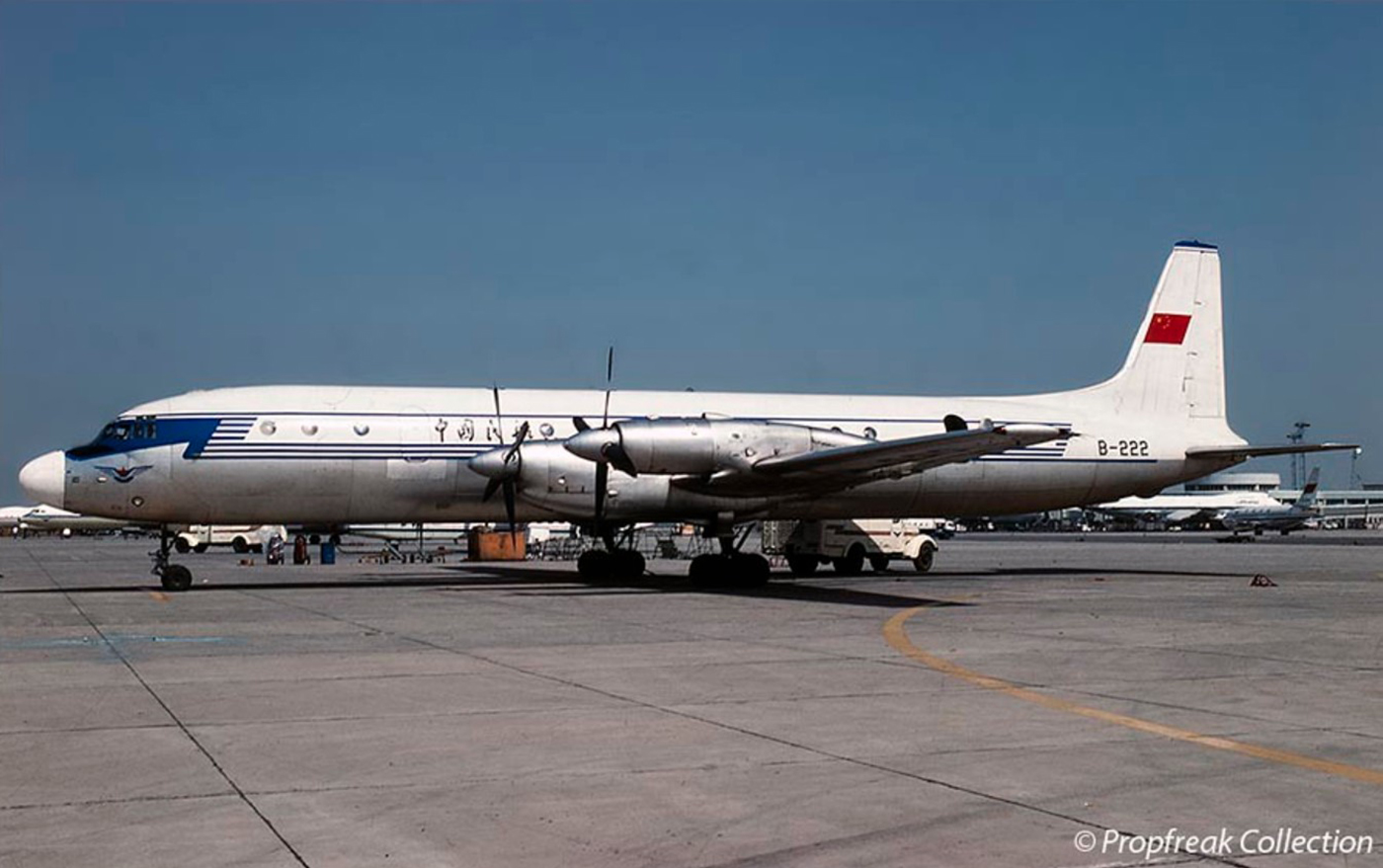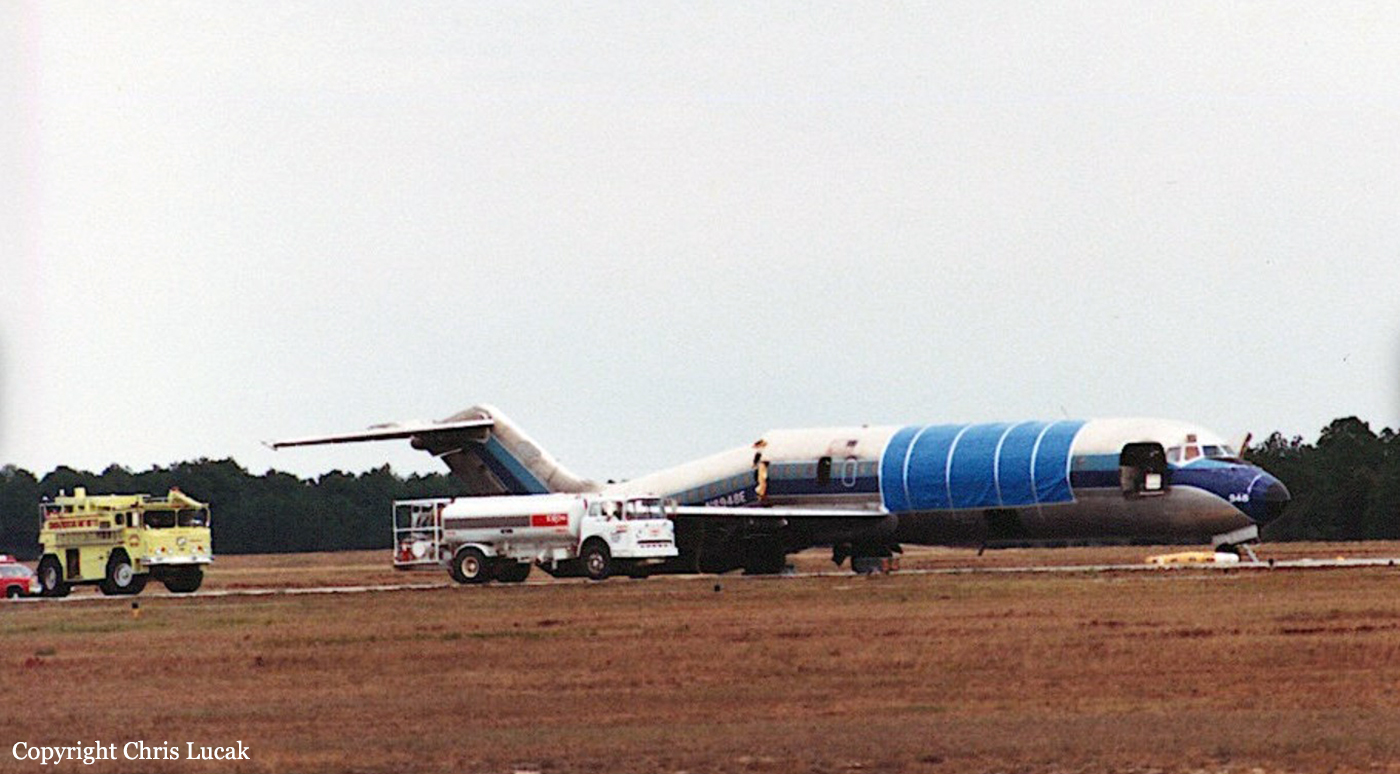Crash of an Ilyushin II-18D in Chongqing: 108 killed
Date & Time:
Jan 18, 1988 at 2217 LT
Registration:
B-222
Survivors:
No
Schedule:
Beijing - Chongqing
MSN:
187 0099 01
YOM:
1967
Flight number:
SZ4146
Crew on board:
10
Crew fatalities:
Pax on board:
98
Pax fatalities:
Other fatalities:
Total fatalities:
108
Circumstances:
At 2150LT, while approaching Chongqing-Baishiyi Airport, the n°4 engine failed. Seven minutes later, it caught fire and later detached. Aware that he would not reach the airport, the captain decided to attempt an emergency landing when the airplane struck power cables and crashed on a hill located 5,7 km short of runway, bursting into flames. The aircraft disintegrated on impact and all 108 occupants were killed.
Probable cause:
It was determined that the n°4 engine right starter generator became so hot that the feathering oil tube was burnt. The oil tube burst upon feathering of the prop and the engine caught fire.















